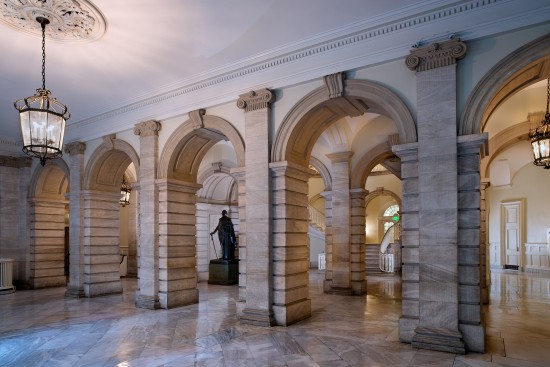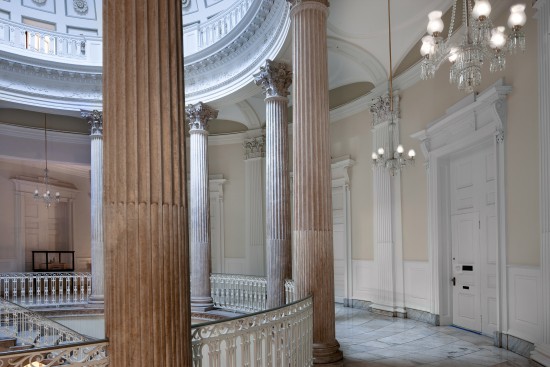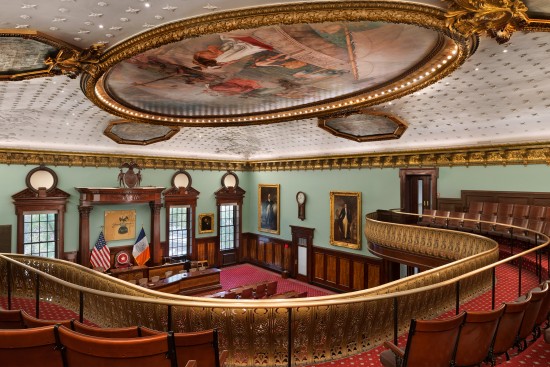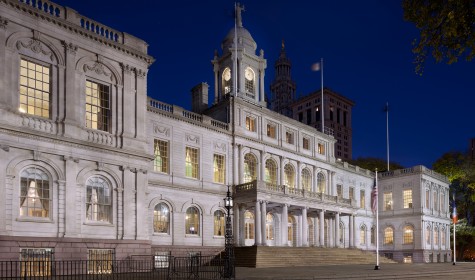Interiors Awards 2016: Historic Restoration of New York City Hall
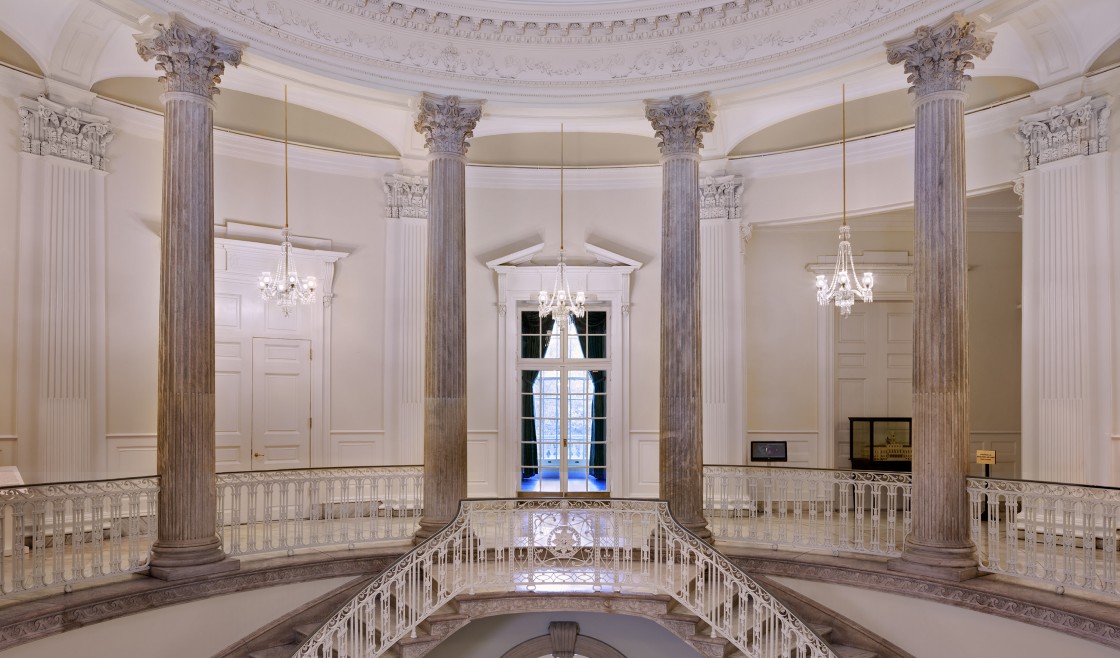
“That kind of grandeur does not happen anymore, so the fact that [New York City Hall] came back to this original form is remarkable. Considerable talent is needed as an architect and preservationist to make it look like nothing has been done to it.”—Jury
Contract Magazine’s 37th Annual Interiors Awards winners were announced on February 28 at an awards ceremony held at Cipriani 42nd Street in New York. The event honored the winners of the 2016 Interiors Awards, which recognize international projects across 14 categories, as well as the Designer of the Year and the Legend Award winner. The complete list of recipients can be viewed here.
February 29, 2016
By Sam Lubell
New York City Hall, designed in the French Renaissance style by John McComb and Francois Mangin during the first decade of the 19th century, has been renovated and modified several times in its more than 200 years as the home of the city’s government. Many of these ad hoc efforts undermined the historic integrity of the building (a National Historic Landmark that is listed on the National Register of Historic Places), placing Band-Aids over chronic deficiencies and even compromising the building’s structural stability.
Beyer Blinder Belle’s recent renovation—precipitated by plaster falling on council members’ desks in the City Council chamber—took a more comprehensive, holistic approach. It brought the building up-to-date mechanically and electrically, repairing damaged elements and restoring its earlier sheen in a very inconspicuous way that highlights the grandeur of the interiors. “So much of what is here you don’t see,” Beyer Blinder Belle Partner Richard Southwick says of the firm’s Houdini-like ability to hide its work.
The most pressing renovation needs included improving the building’s life-safety elements, such as sprinklers and smoke alarms; providing ADA access; updating antiquated or, in some cases, nonexistent HVAC equipment; upgrading electrical, lighting, audio, and plumbing systems; and ensuring that structural systems were sound. To keep the character of the building intact, new conduit and ductwork was concealed throughout the building within existing load-bearing walls, in attic spaces, and behind false millwork. Other systems were integrated into interstitial cavities and in attic and sub-basement spaces. Modern, efficient heaters were installed inside the shells of the existing wrought iron heaters, which were beautiful but ineffective.
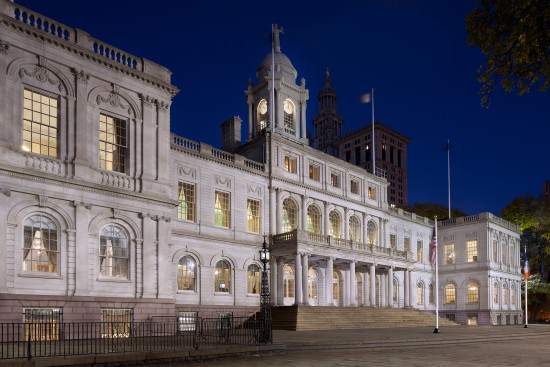
New York City Hall
